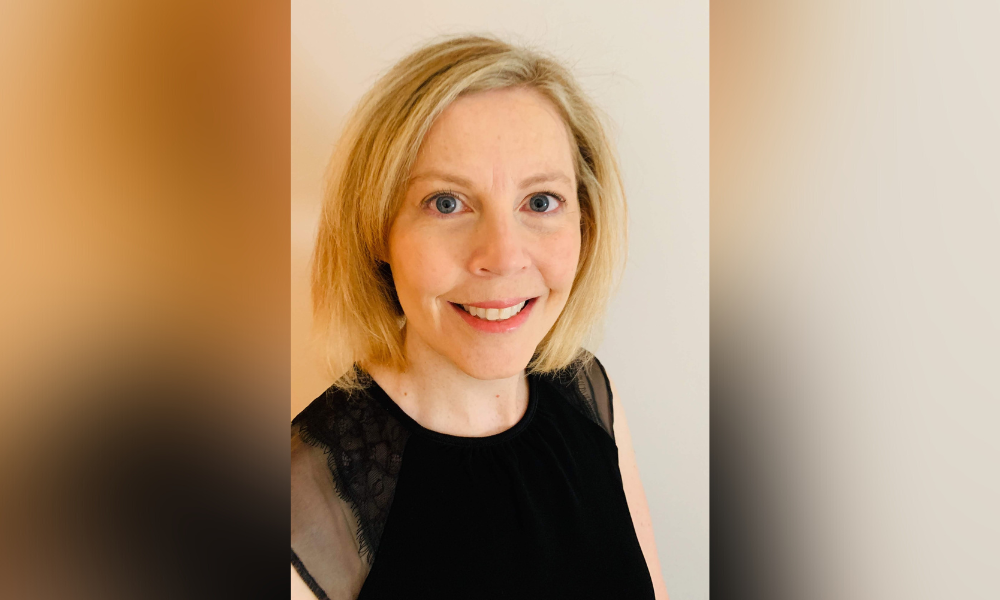PMAC backs transparency but wants to ensure advisors can explain this to investors

The bottom line for full-cost reporting must be whether investors understand, and can compare, the total cost they’re paying for investments, according to the Portfolio Management Association of Canada.
“We’re fully supportive of total cost reporting. We think that cost transparency is beneficial to investors and will encourage competition in the industry,” Victoria Paris, the Portfolio Management Association of Canada’s (PMAC) senior legal counsel, told Wealth Professional. “We’re interested in what information is meaningful to investors and allows them to have full transparency and full comparability.”
Paris was commenting on PMAC’s response to the proposal that the Canadian Securities Administrators (CSA) developed with the Canadian Council of Insurance Regulators (CCIR) to provide total cost reporting for investment funds and segregated funds.
PMAC is pleased the two have finally aligned to bring disclosure standards for segregated funds up to the same level as those for investment funds, while recognizing the differences in both products and distribution channels. PMAC believes cost transparency will benefit investors and policyholders.
But, Paris said disclosure is “only one piece of the puzzle and focusing on cost alone really ignores the importance of obtaining investment advice.” She noted that investment advisors need to explain the cost of various products to investors and provide the context about the relationship between the product’s cost and performance. “Disclosure alone will not provide investors with all of the information they need. They really need to have that dialogue with their advisor.”
Paris said the proposals provide investors with information about their investments’ full cost, which includes the funds’ embedded costs, whether they are mutual funds, ETFs, or other funds. But, PMAC believes that information should be presented as a combined, or aggregate, percentage of the client’s assets rather than a dollar figure, so investors have a true percentage comparator that can be applied across all products as a dollar value could fluctuate with the markets.
“A percentage would provide a more constant metric to measure the costs, and some of our members already report costs that way,” she said. She contrasted that to clients who may own different securities, including mutual funds and ETFs. “They may not realize that, in addition to the fees they pay to the dealer, the funds they own also have embedded costs that are not listed on their annual cost report. So, they may pay separate trading and administration fees and then pay embedded costs that are currently invisible in the funds.
“So, if you’re trying to compare the cost of investing with a portfolio manager versus the cost of investing with a dealer, there’s no way to make that apples to apples comparison because you don’t see the overall cost you’re paying. That’s what we’re hoping we can achieve: a metric that will be comparable between different products and different distribution channels, so clients have all the information they need to make that comparison between the products and services they receive.”
Paris was optimistic that CSA was consulting about the issue and trying to understand the best outcome as well as its implementation challenges, even though it was proposing the dollar figure as the cost comparator. Behavioural economics research also indicates that people understand dollar comparison more easily because they’re more concrete. She said the CSA could recommend both.
If adopted, the final amendments will come into effect in September 2024, after an 18-month transition period.
But, she noted there is currently no mechanism to transmit the information between the fund companies and dealers, so that still needs to be developed and tested, which will take some time.
“The sooner investors can get the information, the better,” said Paris. “But our main focus is really on providing investors with the information they need and information they can understand in order to get a full picture of the cost of their plan and be able to compare between different products and services.”



